The rich cultural heritage of Zambia is reflected in the various artistic traditions that have been preserved in its rural villages. Each community has its unique craft techniques, passed down through generations of skilled artisans.
From intricate wood carvings to vibrant textiles, these villages offer visitors a real taste of Zambia’s living artistic heritage. As you explore these creative hubs, you’ll discover not just beautiful artifacts but the stories, traditions, and people who keep these ancient crafts alive in the modern world.
Mukuni Village, Southern Province

Mukuni Village, situated near Victoria Falls, bears testimony to the artistic fame of the Leya people. The village is renowned for its masterful woodcarvers who turn the local teak into stunning masks and figurines depicting daily life and spiritual beliefs.
You find artisans working under ancient mango trees, teaching younger generations the techniques passed down through centuries. You will also see the Royal Museum, which has an impressive collection of traditional artifacts, among them ceremonial masks used in important rituals.
Mfuwe Craft Village, Eastern Province
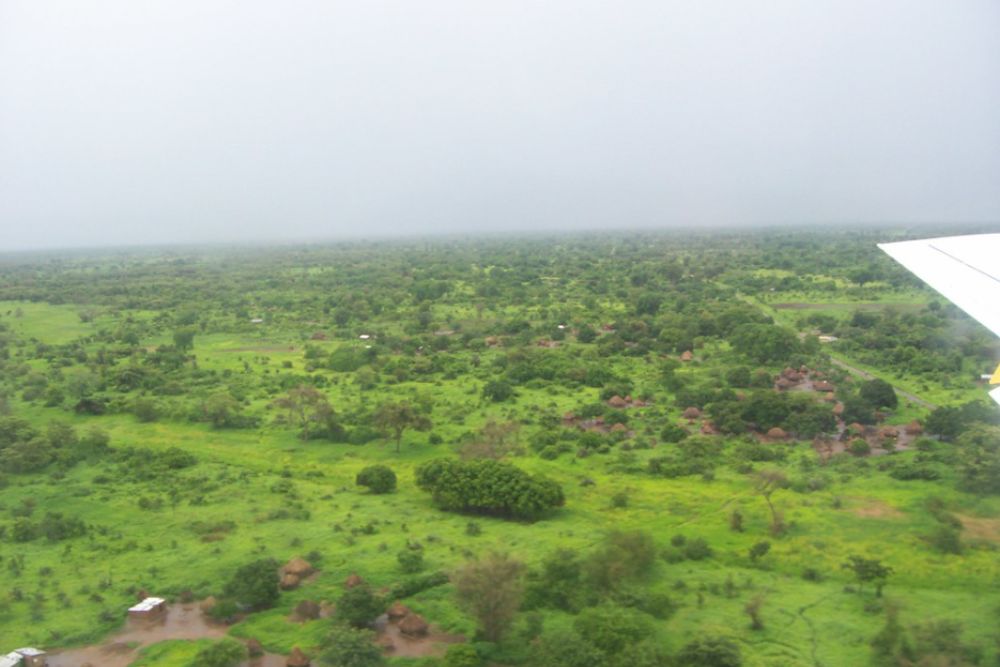
It’s located near the South Luangwa National Park, hence considered the seat of artisans whose inspiration is largely influenced by wildlife. Residents make rather intricate carvings of animals from sustainable mpingo wood, while the women make colorful baskets using palm fronds and natural dyes.
The Craft Village runs a fair-trade market, where the artisans are paid handsomely for their products. Workshops are commonly offered for tourists to have a go at the traditional way of basket weaving and wood carving.
Like Travel Pug’s content? Follow us on MSN.
Kawaza Village, Eastern Province

This village is highly known for its great textile arts that have kept chitenge fabric-making techniques in place. The local women make fantastic patterns with ancient batik methods using natural dyes from the plants locally available.
The community craft center in the village offers demonstrations of cotton spinning and weaving on traditional looms. Visitors are able to participate in dyeing workshops and learn about the symbolic meanings behind different patterns.
Nsama Village, Northern Province
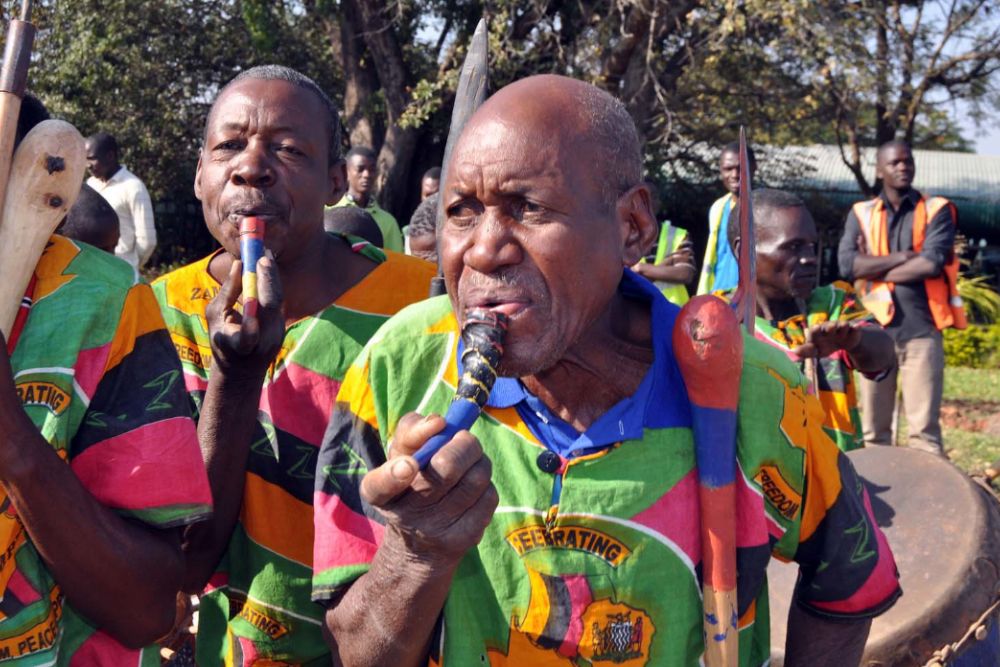
The people of Nsama Village have been known to practice pottery through the generations in traditional ways passed down by the Bemba. Master potters make both decorative and functional pieces, normally with traditional geometric patterns and symbols.
For many centuries, the village has used the same clay pits, following specific techniques for extracting and preparing the perfect pottery clay. Community elders share stories about the spiritual significance of pottery in Bemba culture.
Choma Cultural Village, Southern Province
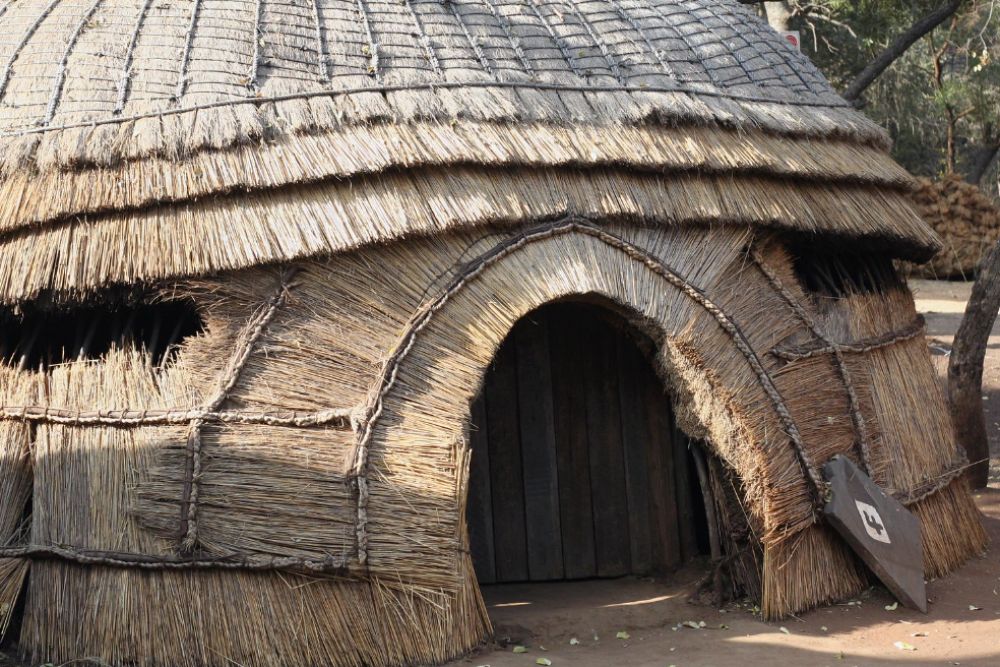
This artistic center showcases the artistic talents of the Tonga people in various forms, but especially their unique gourd art. Using a sophisticated burning technique, artisans create beautiful containers, musical instruments, and other ornaments from dry gourds.
Regular craft demonstrations and cultural performances of traditional Tonga music are held in the village. Residents create the famous ‘insaka’ meeting place decorations.
Like Travel Pug’s content? Follow us on MSN.
Chipata Craft Village, Eastern Province
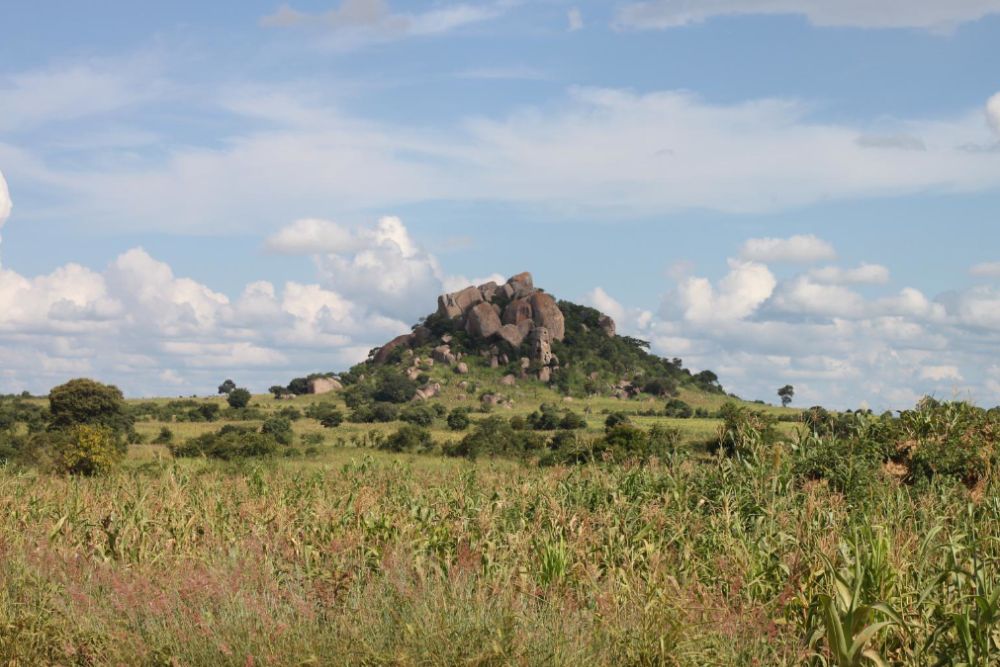
The Ngoni people’s artistic traditions are alive and well in this vibrant community of beadwork and jewelry-making. Using glass beads, copper wire, and natural materials like seeds and shells, artisans create detailed designs.
The village has a strong cooperative where artisans share resources and expertise. New designs and traditional pieces that tell stories of Ngoni history are showcased at regular markets.
Kabwata Cultural Village, Lusaka
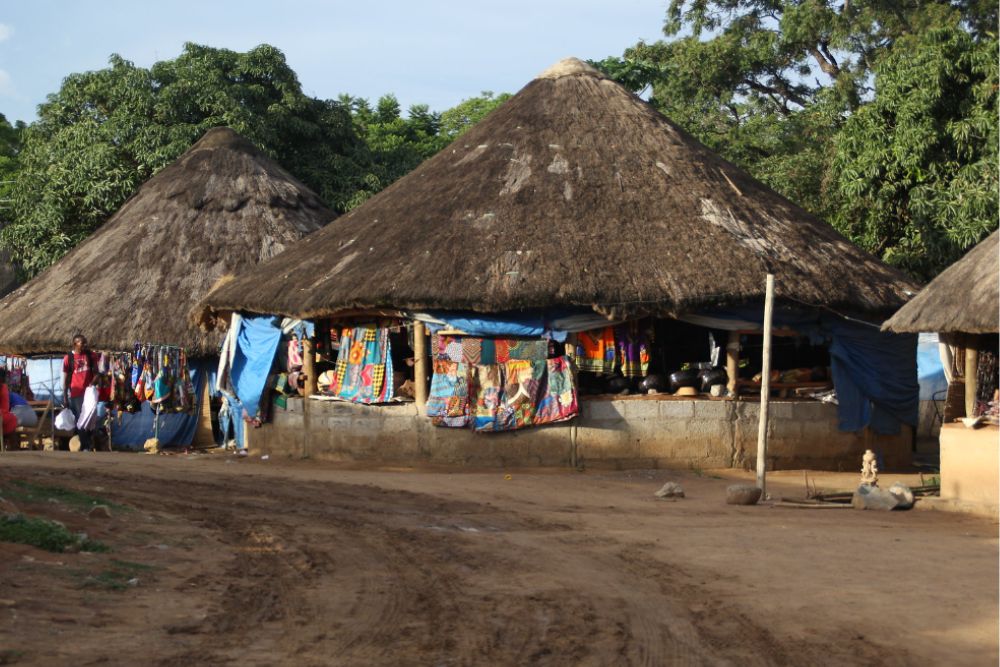
Although based in the capital city, this village-type craft center is representative of several different Zambian tribes. Expert carvers are joined by weavers and textile artists to produce a wide-ranging collection of traditional crafts.
The village can often host cultural shows with traditional musical and dance performances. It offers the opportunity to watch artists at work in one place as well as various tribal artistic traditions.
Luapula Craft Village, Luapula Province
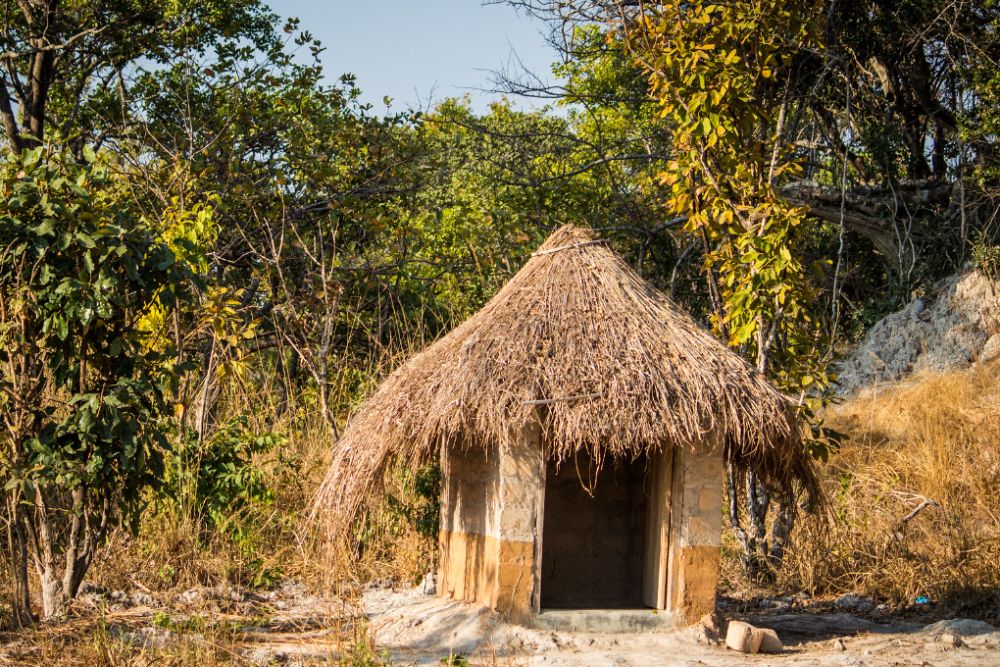
This village is located on the Congo border and is known for its complex masks, which are used in ceremonies. The artists here still carve and paint these spiritual pieces using traditional means; raffia and feathers are common additions to the masks.
Masks play a large role in this village’s spirituality and are strongly connected to other spiritual traditions. This village offers demonstrations on how masks are made from start to finish.
Like Travel Pug’s content? Follow us on MSN.
Livingstone Craft Village, Southern Province
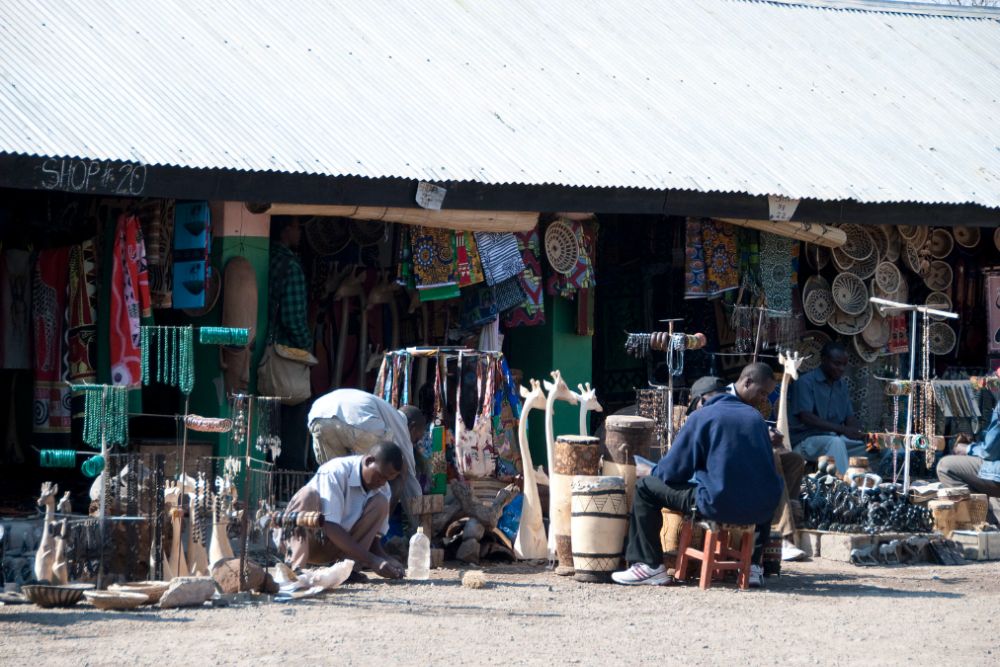
This artist community near Victoria Falls specializes in stone sculpture and metalwork. The artists carve serpentine stone from local sources into sleek sculptures, and the metal workers forge decorations out of copper and brass.
It has strong ties with the traditional artistic expression of Toka-Leya. The many craft markets that often bring artists in from nearby villages create an active exchange of techniques and style.
Namwala Village, Southern Province

Namwala’s Ila people are renowned for their leatherwork and beadwork. The local artisans produce very beautiful sandals, bags, and wall hangings with traditional tanning and beading skills.
The village has its own tannery, at which tanning is done by methods passed down through generations. Intractable beadwork is made by women’s cooperatives depicting stories of the Ila history and culture.
Mpika Arts Village, Northern Province

This creative community specialized in textile arts and natural fibre crafts. Weavers of local origin create beautiful tapestries and wall hangings using traditional weaving techniques with natural dyes.
The village maintains gardens used by plants for dyeing and fiber production. Workshops can often be found demonstrating how the local flora relates to the textile arts.
Like Travel Pug’s content? Follow us on MSN.
Mumbwa Craft Center, Central Province

Known for bone and horn carving, the artisans of Mumbwa make current jewelry and decorative items. The village ensures all materials used come from naturally shed antlers and well-sourced bones in an ethical way.
Master carvers pass the traditional techniques through to the younger members via formal apprenticeships. Traditional and contemporary designs are reflected in the Craft Shop of this village.
Mongu Cultural Village, Western Province
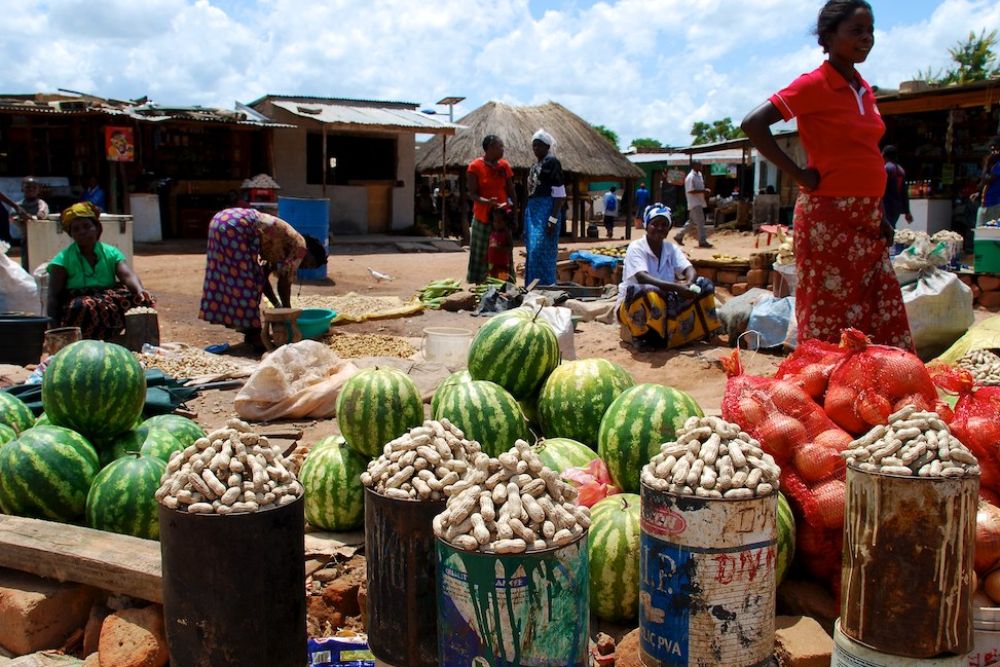
This riverside village is known for its reed crafts and canoe carving, a showcase of the Lozi people’s artistic traditions. Skilled artisans produce some of the most intricate mats, baskets, and furniture using reeds harvested from the Zambezi floodplains.
The village retains close links with traditional Lozi royal crafts. During the dry season, visitors can see master canoe carvers at work.
Kasama Pottery Village, Northern Province
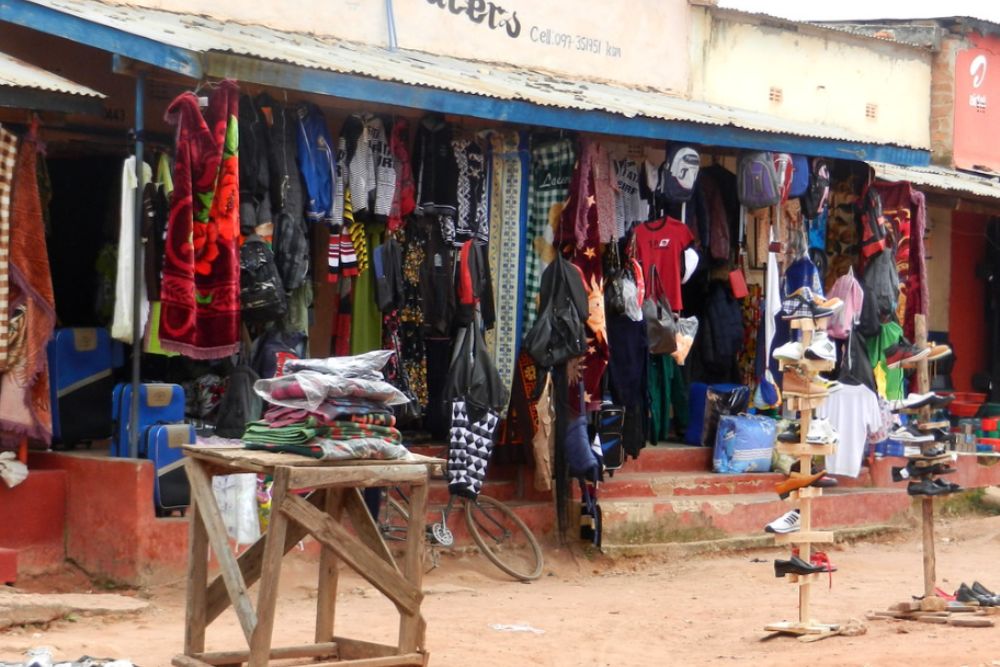
This community of master potters creates both traditional and contemporary ceramic pieces. The local artisans use distinctive techniques passed down through generations of Bemba potters.
The village keeps traditional kilns alongside modern facilities – a true bridge between ancient and contemporary techniques. Workshops happen regularly, giving visitors the chance to try out the traditional pottery-making techniques.
Like Travel Pug’s content? Follow us on MSN.
Kalomo Heritage Village, Southern Province

It boasts a very spirited community with wonderful calabash art and meticulous shell work. Resident artisans turn ordinary gourds into fantastic ornaments that may also include burned depictions of historical and mythological tales of the Tonga people.
In addition, local artists in shell work create elaborate necklaces, earrings, bangles, and even ceremonial objects fashioned from the much-needed shells from nearby tributaries of the Zambezi River. The community operates an apprentice system to pass these unique art forms on to the forthcoming generations.
Preserving Zambia’s Creative Spirit

Each one of them is a special thread in the rich tapestry of Zambian artistic heritage. Their craftspeople don’t just create objects of beauty; they hold on to the vital links to ancient traditions, adapted to suit the needs of contemporary times.
Whether you’re an art enthusiast, cultural explorer, or someone seeking out genuine handmade treasures, these villages are a great opportunity to immerse in the creative soul of Zambia. By supporting these artistic communities, you help ensure these precious traditions continue to thrive for future generations.
More from Travel Pug

- 15 Dangerous European Cities to Avoid
- 15 Caribbean Islands Where Tourists Keep Getting Scammed
- The 20 Most Fascinating Abandoned Places: A Journey Through Time and Forgotten Spaces
- 15 Hidden Places in the Smithsonian Museums Locals Love: A Guide to Lesser-Known Treasures
- 16 Hidden Florida Beach Towns That Aren’t Overrun with Tourists
Like Travel Pug’s content? Follow us on MSN.
